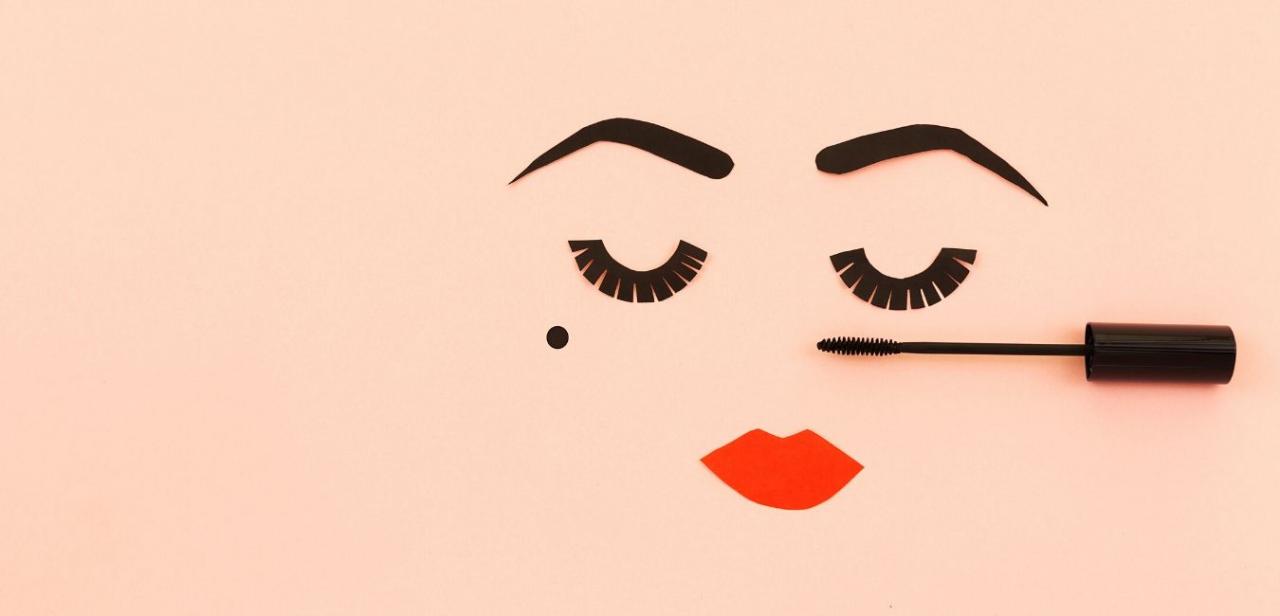 Hemera/Thinkstock
Hemera/Thinkstock
We live in a vain and appearances-obsessed society, but being shallow and high-maintenance isn’t considered a mental disorder.
However, a small percentage of people do struggle with their appearance on a daily basis to the point where it does become a mental illness.
In body dysmorphic disorder (BDD), people have “a preoccupation with a defect in appearance,” according to the Diagnostic and Statistical Manual of Mental Disorders (DSM-IV-TR). This preoccupation is excessive, even though the physical abnormality is only slight or imagined.
This unusual focus on certain aspects of one’s appearance can lead to a struggle in everyday functioning. BDD is considered to be a somatoform disorder in the DSM.
Here are the top 13 signs of body dysmorphic disorder that you can be aware of, although BDD symptoms and signs are not limited to the following:
1) “An obsessive preoccupation with the way one looks physically,” said Karen Hylen, a primary therapist at Summit Malibu, a treatment center for addiction and other disorders. She treats many patients with compulsion issues and BDD.
2) “Spending an inordinate amount of time with personal grooming, attempting to achieve perfection when it is not possible,” Hylen added.
3) “Ruminating thoughts that others take notice of your defects, and that they view those defects in a particularly negative manner,” Hylen said.
4) “An overwhelming need for approval of your appearance. The person would need constant reassurance that they ‘look great’ and seek out compliments in an unorthodox manner,” Hylen added.
5) Compulsive behaviors that relate to a preoccupation with part of one’s appearance.
“Compulsive behaviors can include mirror checking or avoiding, camouflaging the perceived defect, avoiding situations where the defect is visible, excessive use of cosmetic products, etc.,” said Natascha Santos, a certified bilingual school psychologist and behavior therapist who specializes in obsessive compulsive disorder and body dysmorphic disorder.
6) “A strong, all-encompassing belief that you have an abnormality or specific defect that you must fix at all costs,” Hylen said.
7) “Self-consciousness to the extreme – much more than what someone would consider to be ‘normal,’” Hylen added.
8) “An obsessive need to cover up when out in public. This involves putting on too much makeup, or camouflaging one’s appearance,” Hylen said.
9) “A refusal to appear in pictures because they are too self-conscious about their appearance. Oftentimes, the person gets angry at others for even attempting to include them in a photo,” Hylen added.
10) “The use of many cosmetic surgeries to change what they believe to be their defects. Usually, once the surgery is completed, the person is still not satisfied (and never truly can be) and goes back for additional procedures,” Hylen said.
11) “Obsessively comparing oneself to the way that others look. Many times, the person obsesses about the way others look and constantly compare their appearance with everyone else. This can dominate their thoughts more often than not,” Hylen added.
12) People with BDD can be overly concerned with any body part, but common areas are features of the face and head, including the nose, hair and skin, Scott Granet, a licensed clinical social worker, said in an article.
Body parts or areas can be even more specific, such as wrinkles and skin tone, or thinning of the hair.
13) Daily living becomes a major task, since people with BDD might avoid going in public because they’re so concerned with their appearance, and they might not even be able to form relationships or have the concentration to get through school or work.
These struggles can lead to isolation, depression and even suicidal thoughts, Granet added.
Sources:
American Psychiatric Association. Diagnostic and Statistical Manual of Mental Disorder: Fourth Edition: Text Revision. Arlington, VA: American Psychiatric Association, 2000.
http://www.psych.org/practice/dsm
Granet, Scott. Obsessions and Compulsions Current Trends – When The Mirror Lies: Understanding Body Dysmorphic Disorder. Web. April 25, 2012. http://www.helpstartshere.org/mind-and-spirit/obsessions-and-compulsions/obsessions-and-compulsions-current-trends-when-the-mirror-lies-understanding-body-dysmorphic-disorder.html#indications
Hylen, Karen. Email interview. April 24, 2012.
Santos, Natascha. Email interview. April 24, 2012.
Reviewed April 25, 2012
by Michele Blacksberg RN
Edited by Jody Smith





Add a CommentComments
There are no comments yet. Be the first one and get the conversation started!